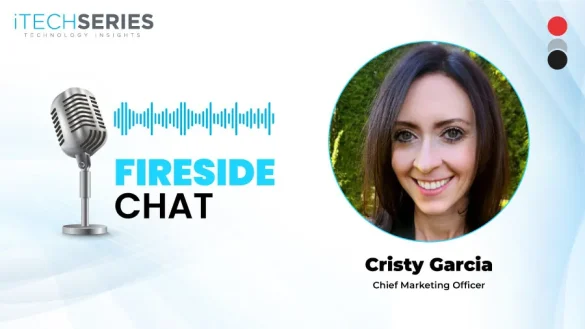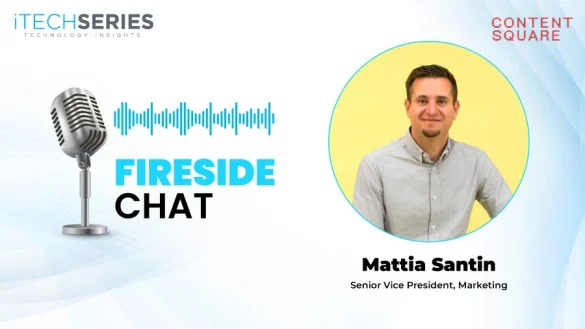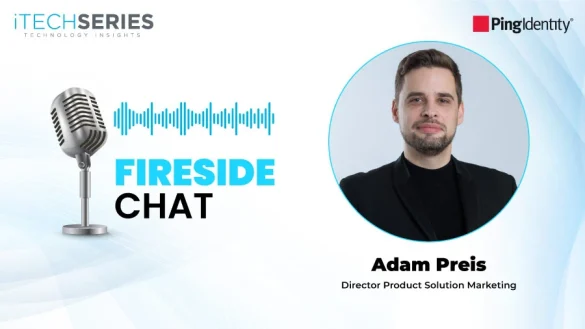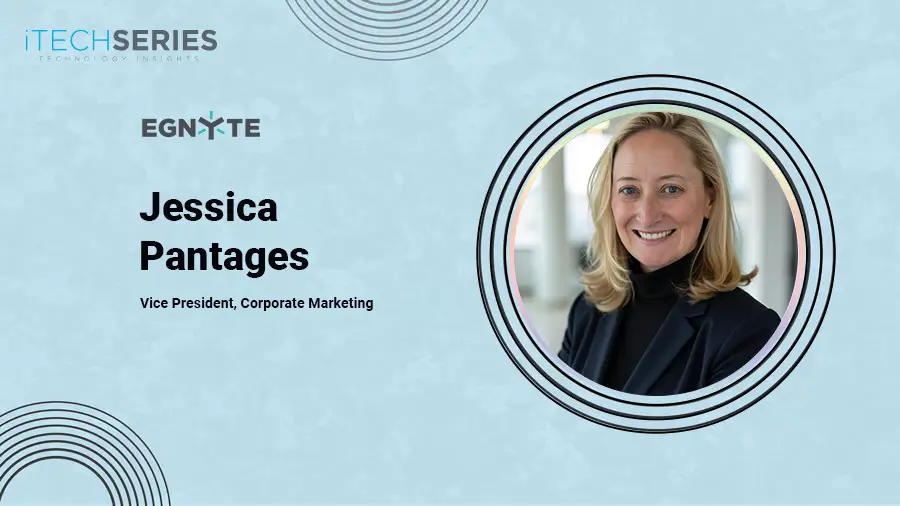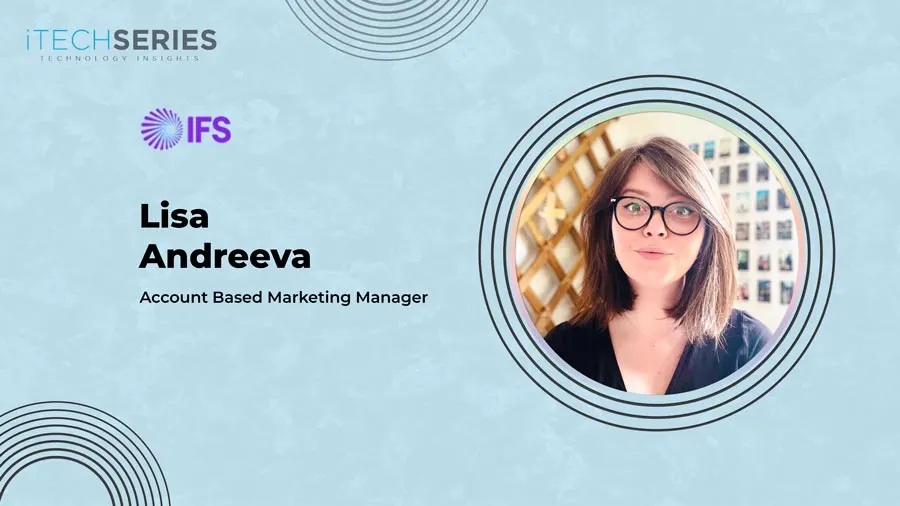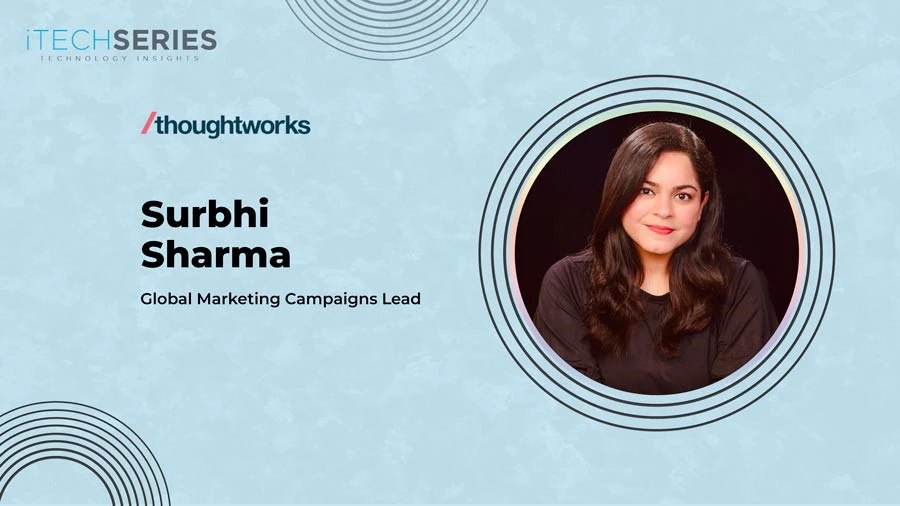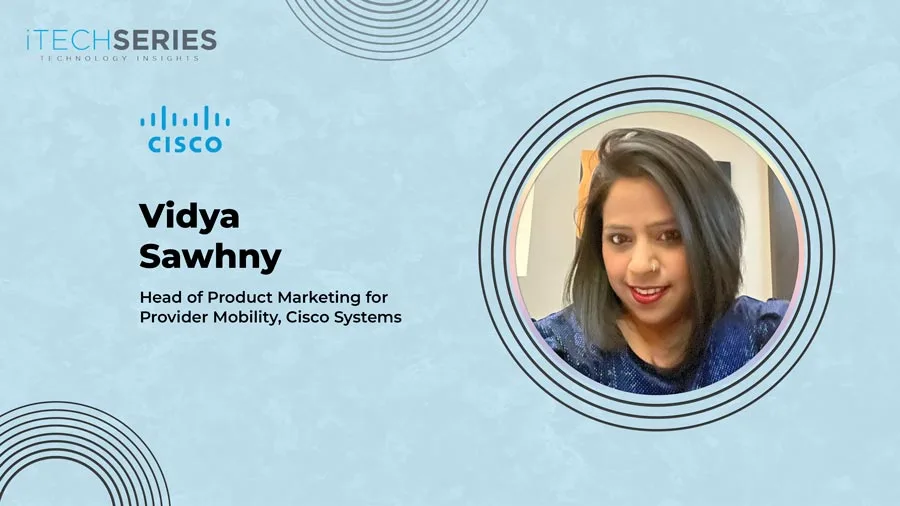Jordan Linford, Head of Global Demand Generation at Semrush, shares the shift from MQLs to MQAs, the role of sales-marketing alignment, tailoring ABM by industry, integrating AI without losing authenticity, and creating scalable demand generation programs grounded in real buyer behavior and measurable outcomes.
Welcome to the interview series, Jordan. Could you share your journey to becoming a marketing leader?
I started out in a place where marketing was mostly fluff—measured in impressions, CTRs, opens, and follower counts. But none of it really moved the needle. This was before tools like 6sense or deep listening platforms. I asked, “What do we know about the last deals we actually closed? Can we simulate that journey in our marketing?”
At the time, my boss was open to anything, so we dug into our database using basic Salesforce skills and a lot of spreadsheets. We started to piece together a pattern—webinars, site visits, LinkedIn engagement, and the occasional ad click. So we built a scoring model around those behaviors and said, “Nothing goes to sales unless it fits this mold.” Our lead volume dropped, but our close rates skyrocketed overnight. That was my lightbulb moment: most marketing spend goes to people who will never buy. We call it “awareness,” but often it’s just stat-padding.
From there, I joined a struggling start up that had just been acquired. I was the first marketing hire, and I got to write the playbook. We moved from leads to marketing qualified accounts and built a data-led strategy. The sales team was one of the best I’ve worked with—great at working signals—and we had a five-year run that felt like a honeymoon.
After that, I joined a new company with another amazing team and one of the best marketing leaders I’ve worked under. I had a clear goal: stop focusing on MQLs and shift to MQAs. I knew volume would drop, but quality and revenue would rise. The challenge was educating leadership—showing that marketing and sales can work the same accounts, that the buyer journey isn’t linear, and that systems don’t need to be either. With the right alignment, we broke down silos and ended with a successful exit. That brings me to where I am today.
What are the essential components of a high-performing demand generation strategy in today’s competitive B2B landscape?
- A purposeful, integrated tech stack
- Content that resonates with your audience’s real problems
- A clear understanding of the dark funnel and how to influence it
- A sales team that’s bought into what you’re producing
These elements must work cohesively, supported by data-driven insights, agile experimentation, and ongoing collaboration between marketing and sales. The goal is to generate leads, accelerate pipeline velocity, and improve conversion throughout the buyer journey.
How do you tailor ABM programs to meet the unique needs of different industries and account tiers?
You build a “choose your own journey” experience. Start with a deep understanding of your ICP, then create content that speaks directly to their role, pain points, and buying triggers. Saturate those accounts with relevant messaging. Identify the key players in your customer base and clearly define how success will be measured—don’t let that definition be handed to you.
To take it further, layer in vertical-specific insights, personalize engagement across multiple channels, and adapt your tactics for each account tier from one-to-one to one-to-few. This ensures your outreach stays hyper-relevant, scalable, and aligned with both business goals and market nuances.
How do you evaluate and implement new technologies within your marketing stack without disrupting your team’s workflow or focus?
There are two types of changes: rip-and-replace or net-new. Rip-and-replace is disruptive, but sometimes necessary. Net-new should be less intrusive. Either way, thoughtful process design minimizes disruption. If your processes are clearly defined, migration becomes an iteration—not a burden. It’s also critical to involve cross-functional stakeholders early, ensure thorough onboarding and training, and evaluate tools based on scalability and integration. This helps maintain team productivity while still embracing innovation.
“Most marketing spend goes to people who will never buy. We call it ‘awareness,’ but often it’s just stat-padding.”
With AI enhancing scalability, how do you ensure your marketing still fosters authentic human connection and engagement?
Use AI to refine and amplify—not replace—the human element. Human insight is essential for creating nuanced, helpful content. AI should handle the repetitive parts: repurposing, reformatting, and scaling. The magic is in balancing efficiency with authenticity. Connect and personalize at scale using AI-driven insights, but ensure your messaging conveys genuine empathy and understanding. Keep humans involved in storytelling, tone, and emotional context to ultimately build trust and foster lasting relationships in any marketing effort.
Beyond lead volume, which KPIs do you rely on to assess the real impact of demand generation on pipeline and revenue growth?
Conversion rates are the currency. Volume means nothing if it doesn’t convert at each stage—into meetings, into opportunities, into pipeline. That’s where real impact lives. I focus on pipeline velocity, influenced pipeline, win rates, and deal size. These indicators reveal how effectively marketing efforts are accelerating revenue outcomes. Monitoring lead quality and sales cycle length also offers insight into long-term performance and helps drive meaningful engagement throughout the funnel.
What are your most effective strategies for aligning marketing and sales, particularly when scaling demand across global markets?
Agree on what “good” looks like. Define the ICP, the job titles, and the engagement thresholds—and then track it all in one shared dashboard, ideally in Salesforce. If I sit down with our Nordics leader, we both see the same dashboard: how many good accounts are in play, whether marketing is delivering, and whether sales is converting. No finger-pointing, just shared visibility and accountability.
What advice would you offer up-and-coming marketing leaders on building high-performing marketing teams?
- Start with one shared source of truth between sales and marketing—agree on the numbers, the definitions, and what success looks like.
- A/B test everything—if someone has a better idea, test it.
- Build a tech stack that supports your vision—not the other way around.
- And finally, prioritize alignment and communication—it’s more important than any tactic or tool.
Also, invest in hiring people with curiosity, grit, and a growth mindset. Foster a culture where experimentation is encouraged, failures are learning moments, and cross-functional collaboration is the norm. A strong team culture will outperform even the best strategies over time.
About Jordan Linford
Jordan Linford is a seasoned marketing and demand generation leader with over 13 years of experience driving pipeline growth through impactful Demand Gen and ABM programs. He leverages AI, machine learning, and predictive analytics to optimize performance and align with KPIs. Passionate about innovation, Jordan builds high-performing teams and embraces cutting-edge marketing technologies to deliver measurable impact across industries and markets.


